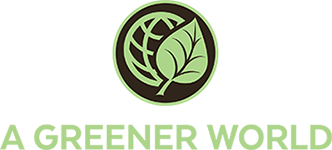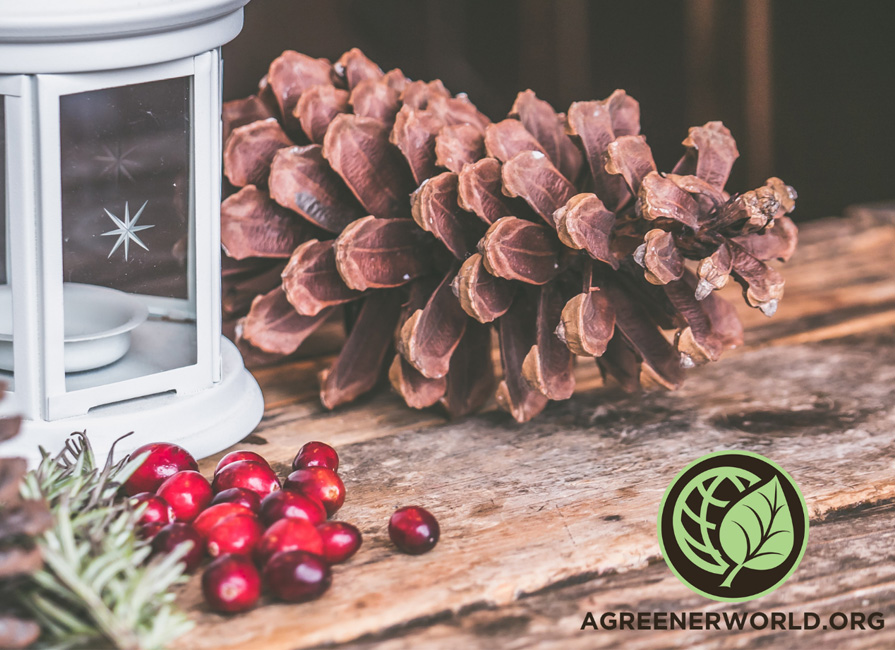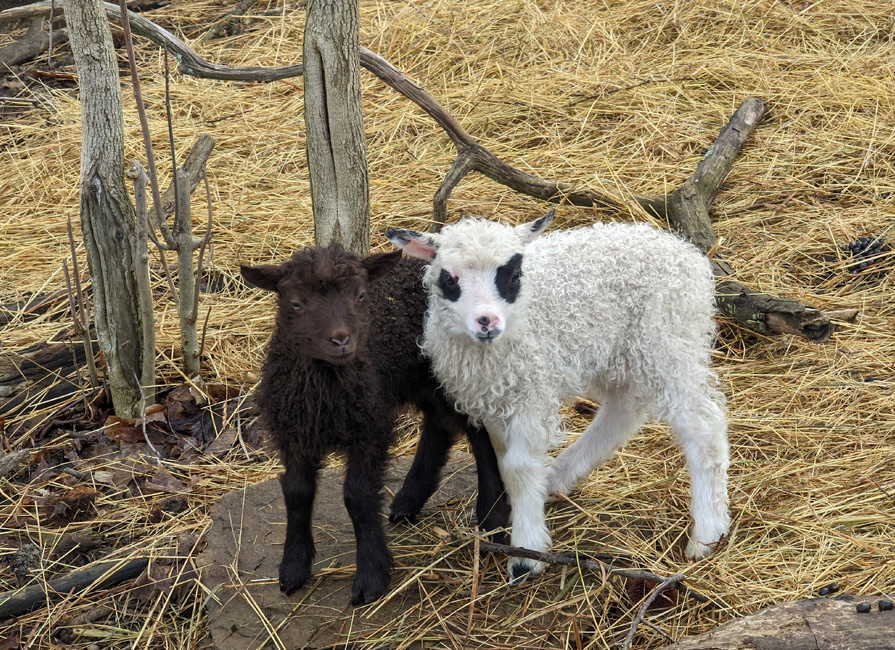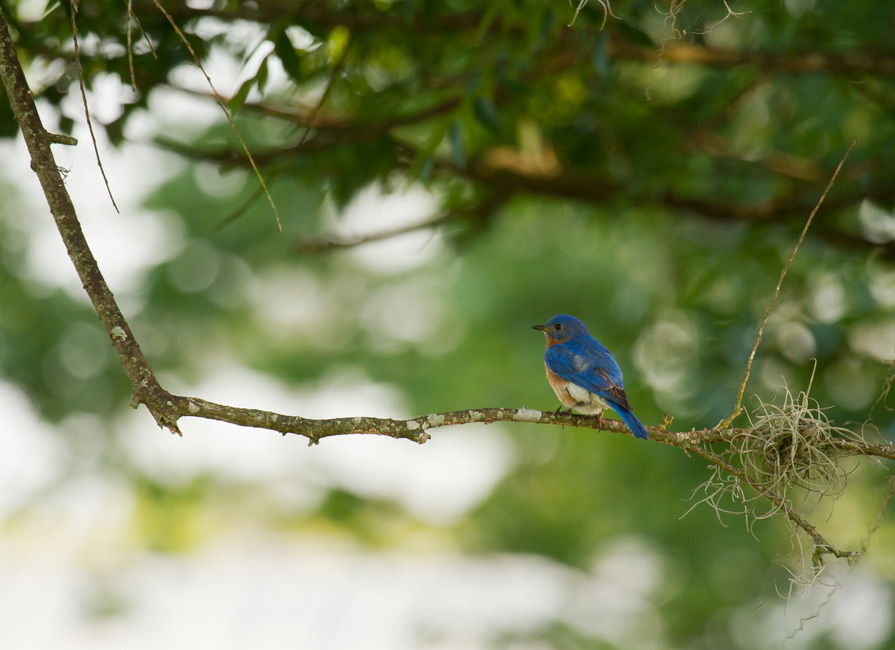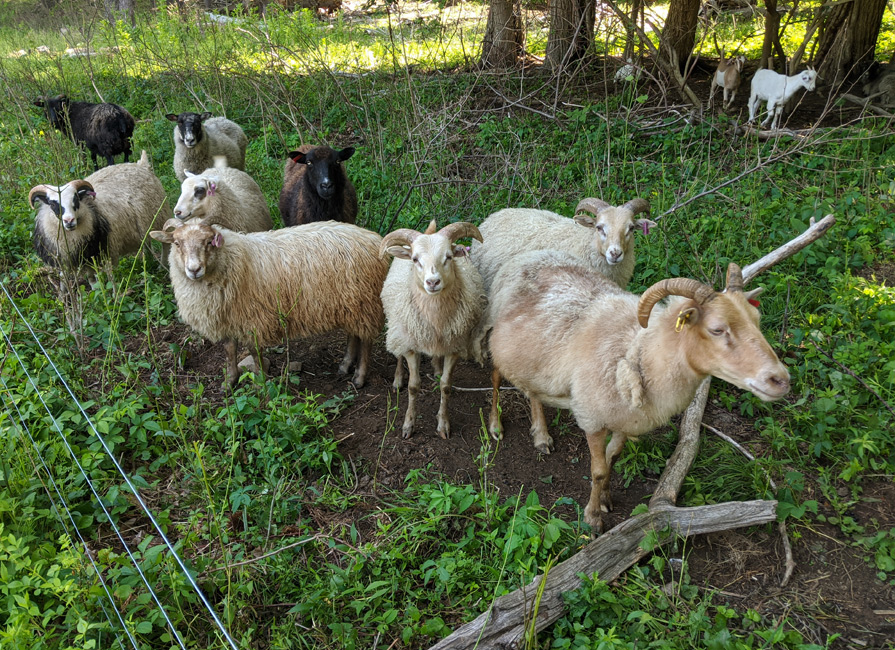Gifting Green
It’s mid-December. You still have to buy most of your holiday gifts… It’s impossible to choose for friends; you have NO IDEA what to get for colleagues or neighbors; and your family has way more “stuff” than they need or want. What to do?! This holiday season, why not help the Earth by gifting green? A Greener World certifies and supports hundreds of independent, sustainable farmers across North America, many who offer items that make perfect green holiday gifts! Choose…
A Potent Parasite
Coccidiosis affects nearly all farmed species and can be particularly devastating for young animals. The disease is caused by a parasitic protozoan, which is ingested when animals graze or are exposed to infected fecal matter. Infected animals pass thousands of oocysts (protective capsules containing the next life cycle of the parasite) in their manure and so the life cycle continues. Oocysts are present in the soil on many farms and can remain infective for up to two years under moderate…
Regenerative 101
Unless you’ve been hiding under a rock, you cannot have missed the growing coverage of ‘regenerative farming' or 'regenerative agriculture’ in the media. While not a new concept (after all, humans have been using ‘regenerative’ practices for thousands of years), ‘regenerative’ is the latest farming buzzword. Here at A Greener World, we’d go so far as to say that the collection of practices described as regenerative could have huge potential to put the brakes on—and even reverse—many of the negative…
Nature By Numbers
Measuring and managing soil health is central to all regenerative agriculture approaches. However, the new Certified Regenerative by AGW program takes things one step further by including biodiversity assessment and monitoring. Why biodiversity? Biodiversity is an essential indicator of a successful regenerative farming system, where wildlife habitats are integral parts of the holding. These include areas such as banks, hedges, ponds, species-rich pastures, wetland areas and shrubland. While testing and monitoring your soils is a worthwhile and recommended practice for…
Silent Killer
Some livestock diseases enter through an insect bite. Others are tracked on a borrowed trailer or dirty boots. A few reside in contaminated soil or water. While the virus that causes Caprine Arthritis and Encephalitis (or CAE) in goats is sometimes found in the environment, semen, or other locations, infection typically comes from one of two sources: contaminated milk or close contact with infected animals. CAE is one of several small ruminant lentiviruses, a diverse family that infects goats, sheep,…
